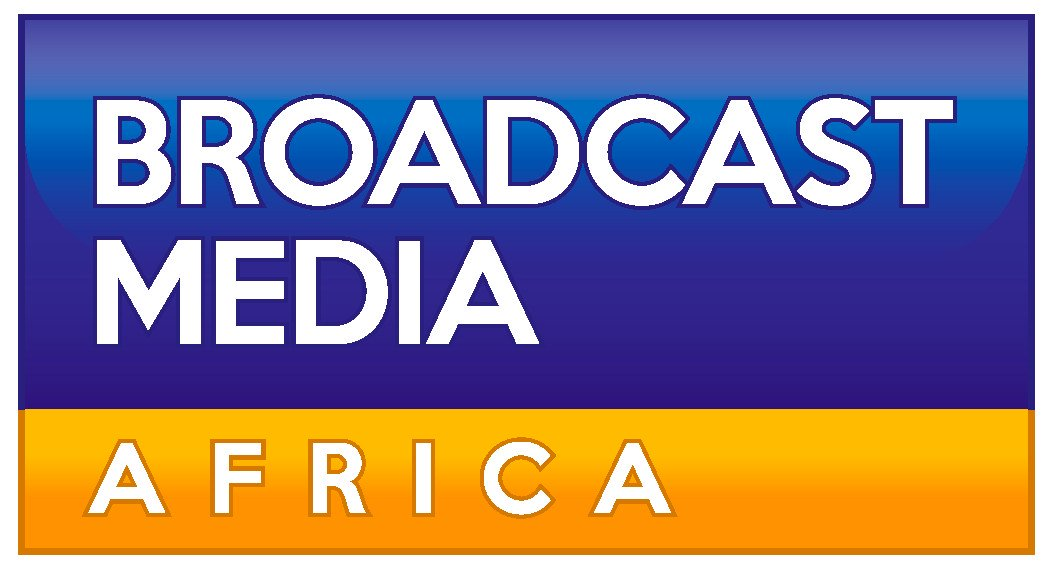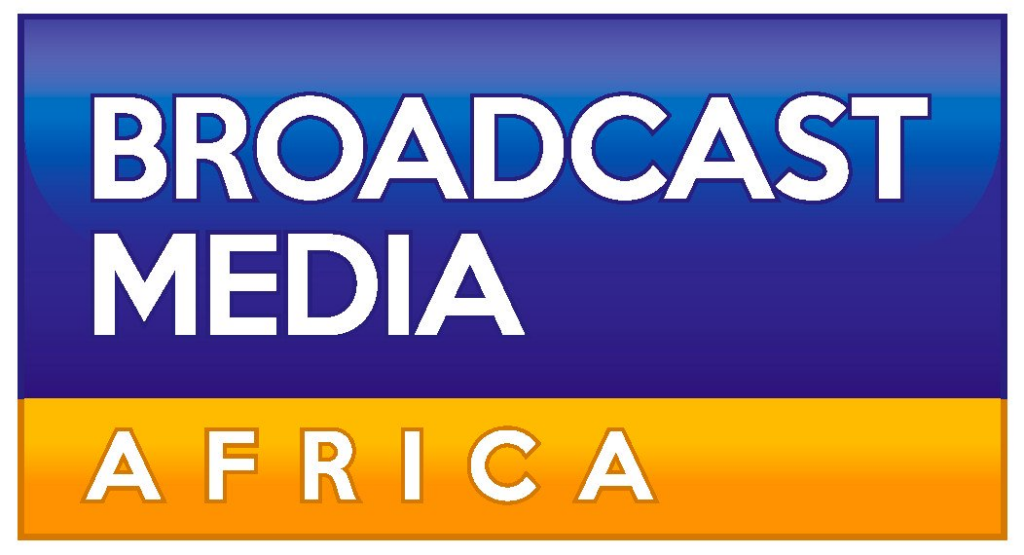
The high-speed satellite internet sector is rising, with HTF Market Intelligence forecasting a robust compound annual growth rate (CAGR) of 18% over the next 7 years. The market, valued at USD 7 billion, is set to reach USD 26 billion by the end of the forecast period, driven by growing connectivity demands in remote and underserved regions.
Major global players such as Starlink (SpaceX), Amazon’s Kuiper, OneWeb, SES, Viasat, HughesNet, and Inmarsat are leading the charge, investing heavily in Low Earth Orbit (LEO) and Geostationary Orbit (GEO) satellite networks. These technologies rapidly bridge the digital divide, enabling broadband access across residential, maritime, aviation, enterprise, and defence sectors.
Key Market Segments:
- By Frequency Band: L-band, C-band, K-band, X-band
- By Application: Residential broadband, maritime, aviation, enterprise, defence
Adopting Ka-/Ku-band broadband, phased-array antennas, and edge-based network caching enhances performance, making satellite internet a strong competitor to fibre in rural and mobility-based use cases. The merging of 5G and satellite technologies also contributes to the sector’s evolution.
Satellite internet offers vital solutions for streaming, cloud services, telehealth, and online education. However, challenges remain. Significant hurdles include high antenna costs, signal degradation due to weather, spectrum regulation, and competition from terrestrial fibre networks.
While North America dominates the market, Europe is expected to experience the fastest growth. Asia-Pacific, Latin America, and Africa are also emerging as key markets due to increasing digital demand and infrastructure investments.
HTF’s report includes detailed segmentation, company profiles, and analytical frameworks such as PESTLE and Porter’s Five Forces, offering a comprehensive view of the sector’s trajectory.


















